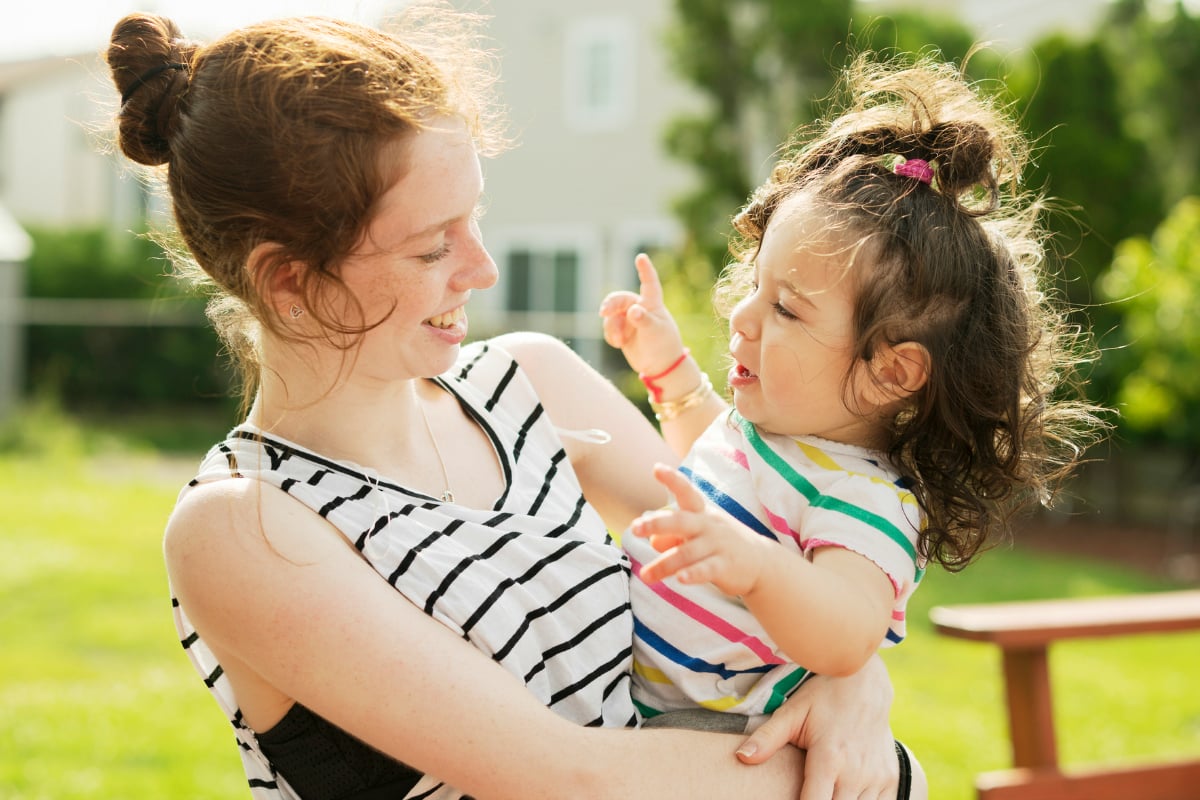
It wasn’t until I had my own children that I drew the similarities between pre-teenagers and teenagers with toddlers. But once I did, it was a connection that could not be undone.
When I was a teacher (before having my own children), I observed adolescents daily. I witnessed their confidence when stating an opinion as if it was a fact – ‘Tu Pac is still alive’, ‘Drop Bears are a real thing’, and ‘there is no point in learning English’. All of these statements made with complete conviction.
I tried to squash arguments about why it was imperative three girls had to go to the toilet together right after lunch or why they must have access to their mobile phone while completing an assessment. And I ignored the eye rolls, grunts, slamming of chairs, pencil cases, doors and the like when I said no to these requests.
Is there a ‘right’ way to tell your teen it’s time they start wearing deodorant? We discuss, on our parenting podcast. Post continues after audio.
Then when my first daughter reached toddler-hood, it was like déjà vu. While on a play date, I was mentally transported back into the classroom as I watched the tantrums, feet stamping and strong opinions of a group of toddlers as they communicated, typified by my own daughter.
“I need chocolate,” my daughter would say. “No, you ‘want’ chocolate Addi and no, not today,” I would respond. This would be followed by the throwing of a literal dummy across the café and the ear piercing screaming of, “I NEEEEEED CHOCOLATE!”
But why is it that a three-year-old and a 13-year-old can act in such similar ways? Well the similarities all come down to their natural developmental progression through different life stages Clinical Psychologist, Dr Judith Locke, tells Mamamia.





























































































